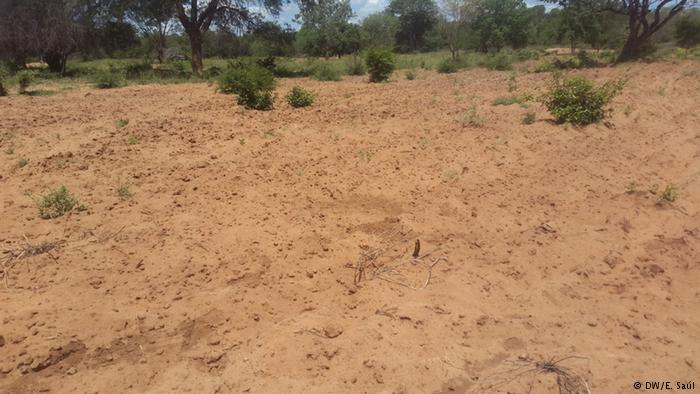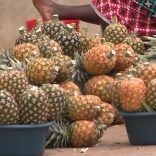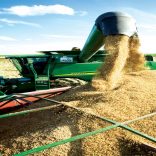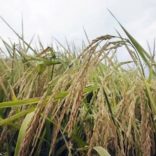Mozambique: Minister calls for competitive farming to cut food imports
Mozambique: Drought persists in the south

File photo: DW
The third consecutive drought in southern Mozambique is expected to keep that region of the country as the most exposed to a food crisis, the latest report from the Network of Early Warning Systems on Hunger (Fews) said on Wednesday.
The report that makes the forecast until September maintained the trends already described in previous months and, beyond the south, includes Cabo Delgado (north) in the orange map (colour of level 3, “crisis” on a scale of one to five, the latter being the most serious) that points to food shortages.
In Cabo Delgado province, the cause of hunger that is growing in the daily lives of the inhabitants is caused by the fields being abandoned, with the spread of armed conflict with insurgent groups that have caused nearly 400 deaths and about 160.00 displaced in te last two years.
In the south, the drought persists, reflecting a threat that hangs over southern Africa.
“March has seen significantly below-average rainfall throughout the country, particularly in the central and southern regions,” the Fews report said.
In the central region, “crops have not been as badly affected due to good soil moisture conditions since the season began,” while in the southern region, “most crops have failed due to a third consecutive dry season.
Based on satellite estimates of the Water Needs Satisfaction Index (WRSI), “agricultural production is expected to be above the five-year average in the north, close to the five-year average in the central region and below the five-year average in the south.
As for prices of essential agricultural products, they reached their seasonal peak in February and are expected to begin to decline with the start of the harvest in April.
“Above-average prices for corn persist due to below-average market supply last season,” it added, indicating that prices “were 26% to 85% higher than in 2019 and 20% to 100% [double] above the five-year average.
These “abnormally high” prices are restricting the purchasing power of the most vulnerable households, particularly those affected by the 2019 cyclones and still heavily dependent on food purchases in the market, it ended.
The FEWS Net was established by the United States Agency for International Development (Usaid) in 1985 to support decision-making in managing humanitarian support.












Leave a Reply
Be the First to Comment!
You must be logged in to post a comment.
You must be logged in to post a comment.